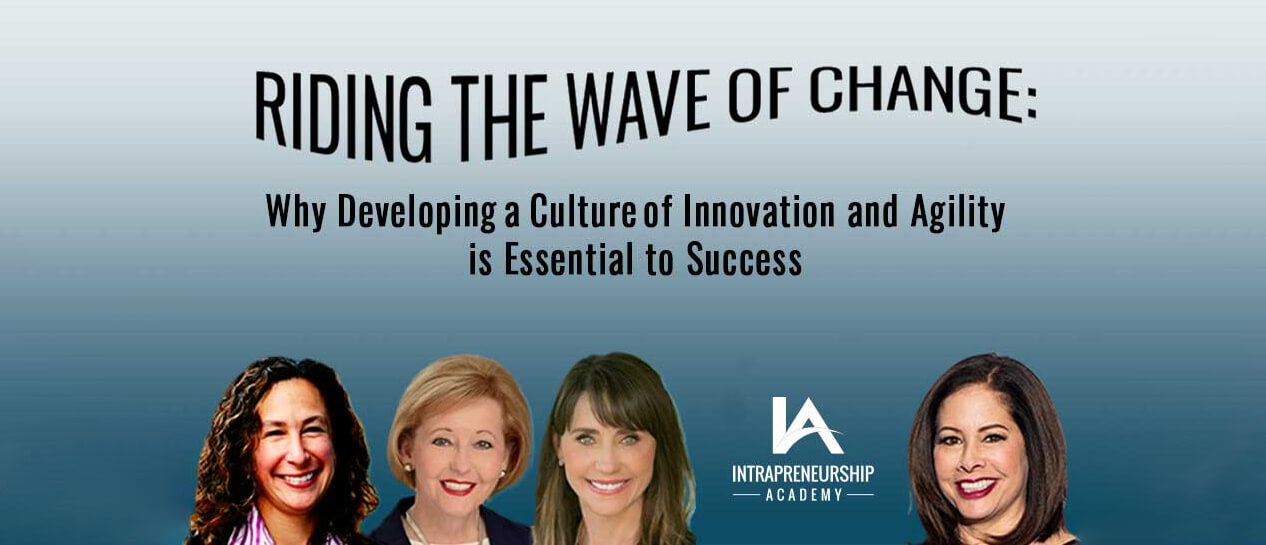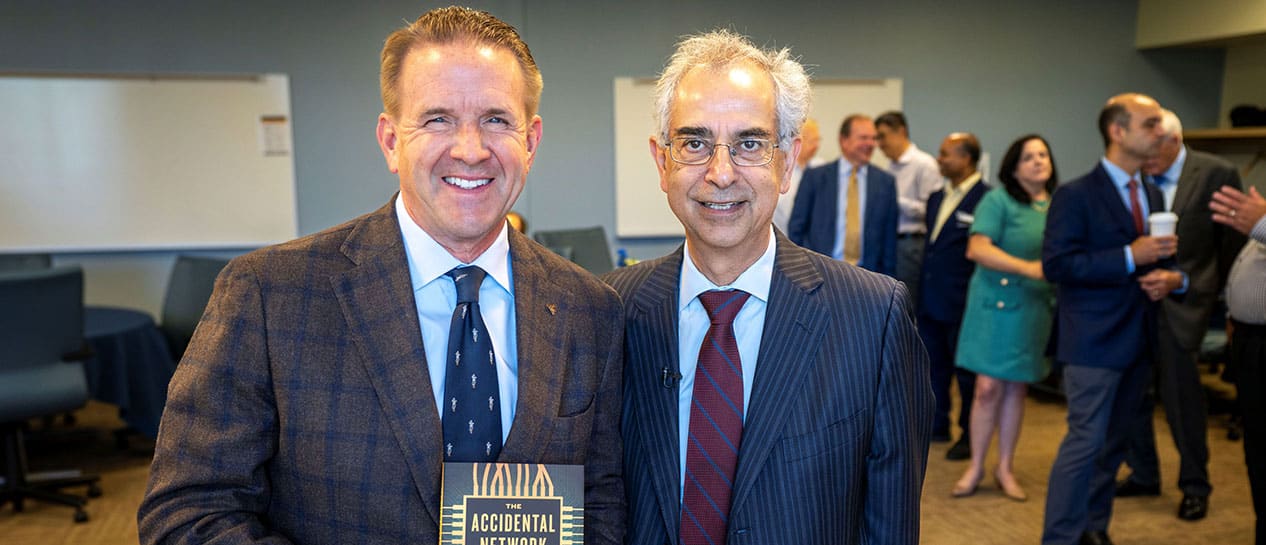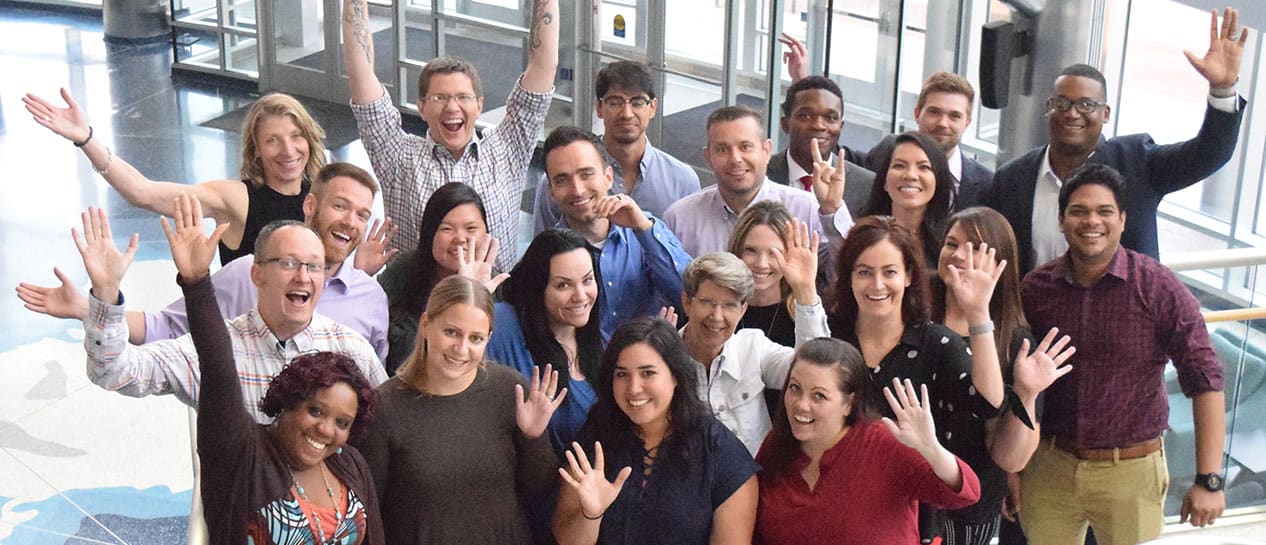The pandemic has changed everything – the way we socialize, celebrate, communicate, and how we work.
In the content and connectivity industry, the challenge was two-fold – to quickly equip a remote workforce, and in addition, ensure that people worldwide stayed connected. Proudly, the industry rose to the challenge, exhibiting agility and innovation in a time of crisis. But now that seas are starting to calm, what will organizations continue to do to ride the wave of change?
I talked to industry learning and development experts Diana Monk, VP Learning Solutions at Charter Communications; Martha Soehren, Former Chief Talent Development Officer at Comcast and current Executive Development Advisor and Coach; and Allyson Crawford, VP Talent Management at WOW! Internet, Cable & Phone, so they could share their thoughts on how the pandemic has changed workplace practices, behaviors, and culture.
Spoiler alert: even change caused by a global crisis can create opportunities for the future.
Trust and Freedom Accelerated Innovation
While most organizations like to say they grant their employees the freedom to innovate, this principle wasn’t really tested until the pandemic caused a sudden and dramatic shift in the way people work. In the new environment, leaders had no choice but to allow people at all levels to do what they needed to do to get their work done.
And for the most part, rather than the feared outcome of remote workers becoming disengaged and unproductive, the new flexibility increased engagement and productivity. “There were a couple of factors that felt very prominent during the pandemic,” said Soehren, “and one of those was how we built a trust factor that people would get the work done, that they would do what they needed to do. And the second of those was that we gave people the freedom to create a new way of working, a new way of being productive, a new way of interacting, and I think that those capabilities will help us immensely moving forward in a more intrapreneurial world.”
The Need for Agility Activated Culture Change
Large industry organizations tend to have cultures where extensive planning and built-in bureaucracy ensure that big change happens slowly. But at the start of the pandemic, organizations needed to adapt and adjust extremely quickly, so decision hierarchies, and lengthy processes were thrown to the winds —with surprising results.
“It’s amazing to reflect on how quickly we were able to move some employees — for example, our call center agents to their homes,” reflected Monk. “I was talking with some members of our IT team, and they said, ‘If someone had put a project plan in front of us and said how long will it take you to move your call centers to 50 percent at home and 50 percent in the office, the answer would’ve been somewhere around nine months.’ We did it in less than two weeks because we had to. The lesson on the need for agility there is pretty strong.”
Empowered Employees are Engaged Employees
It turns out that if employees are given the freedom and permission to try new things without fear of reprisal, the result is greater engagement.
Some organizations have realized the benefits of this shift and are planning to build greater agility into their cultural touchstones moving forward. “We’re making decisions more quickly,” said Crawford. “It’s exciting. What we’re seeing is engagement is increasing. We’re empowering our employees, our leaders, to make decisions at a different level.” Added Crawford, “I think the real gift of the pandemic is we’re seeing a lot more generation of ideas by even our frontline employees because we’re asking for more opinions.”
Cultivating leaders from within and engaging high performers are essential to holding on to top talent. In fact, engaged employees are 87% less likely to leave their organization. This is especially important in the new competitive employment market.
Creating Intrapreneurs Maximizes Your Talent
An intrapreneur is someone who behaves like an entrepreneur within a corporation. These behaviors include having an ownership mentality, innovating from within, and quickly adapting when situations or conditions change. These behaviors are also the building blocks behind Intrapreneurship Academy’s leadership development courses.
We saw the need for building leaders with these skills, mindsets, and behaviors long before the pandemic. And when the pandemic hit and we all went home, our virtual program skyrocketed.
While we had years of qualitative data to support the case for intrapreneurship, our rapid growth inspired us to collect quantitative data to learn more about the evolving needs of our industry.
So, in the first quarter of 2021, Intrapreneurship Academy at The Cable Center, in partnership with C2HR, conducted a study with industry human resource professionals to examine whether 2021 learning and development priorities across the connectivity industry have shifted because of the pandemic.
Some important findings included that while 58% of people leaders say the pandemic has shifted the way their organization operates, only 24% believe their leaders are equipped with the necessary skills. 70% of people leaders cited innovating from within as a key goal, along with keeping a remote workforce engaged.
This pandemic has been a crash course in the need for organizations to demonstrate agility and empower employees. While I’m not minimizing the suffering that both corporations and their people have endured, this experience has taught us some great lessons.
Now, our job is to take what we’ve learned and use it to ride the wave of change – lest we risk going under.
Janice Silver is the VP of Intrapreneurship Academy at The Cable Center. In her work leading IA, she is passionate about amplifying intrapreneurship, advancing innovation, and creating lasting impact in our fast-changing industry.
Learn more about the Intrapreneurship Academy at www.intrapreneurshipacademy.org.



